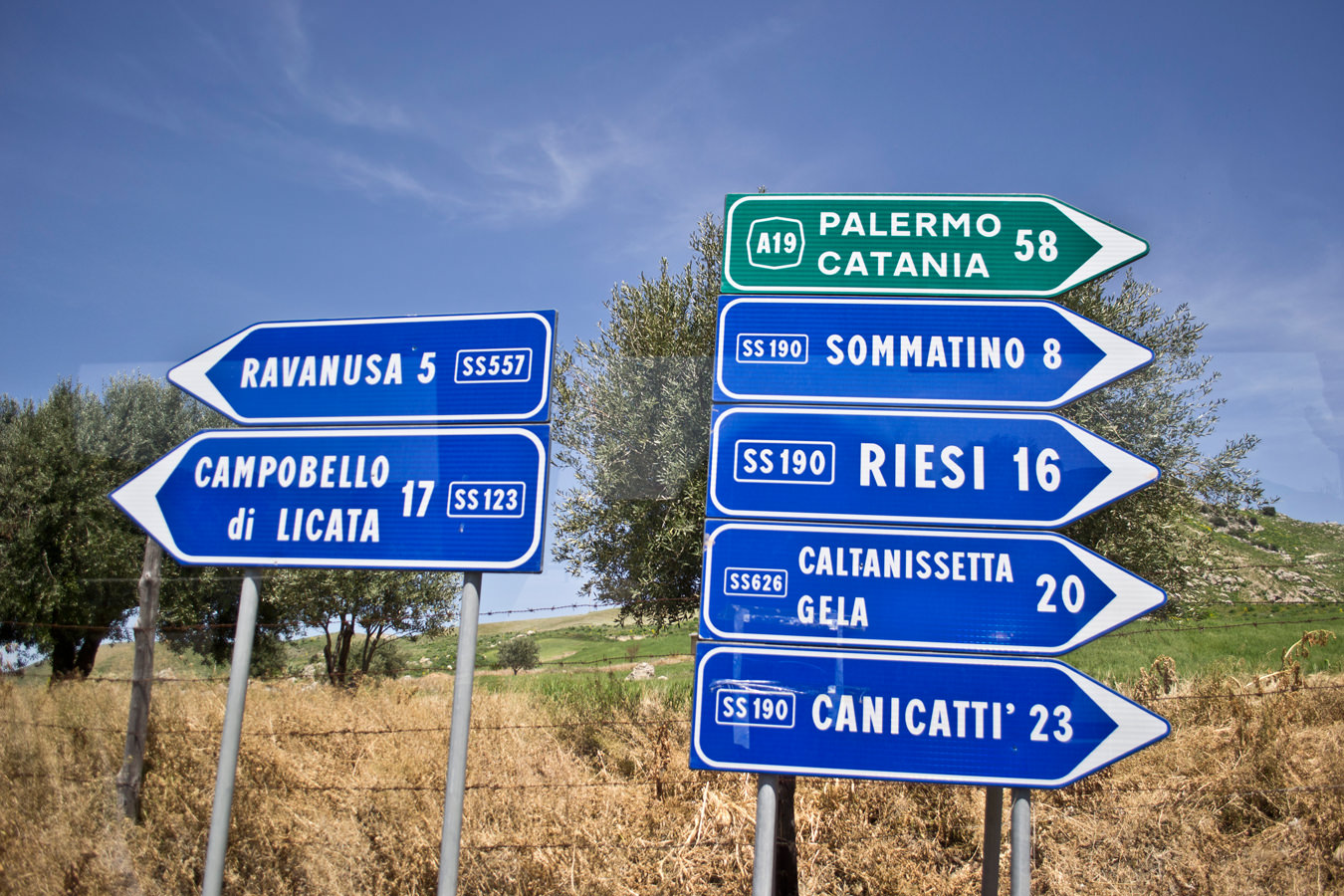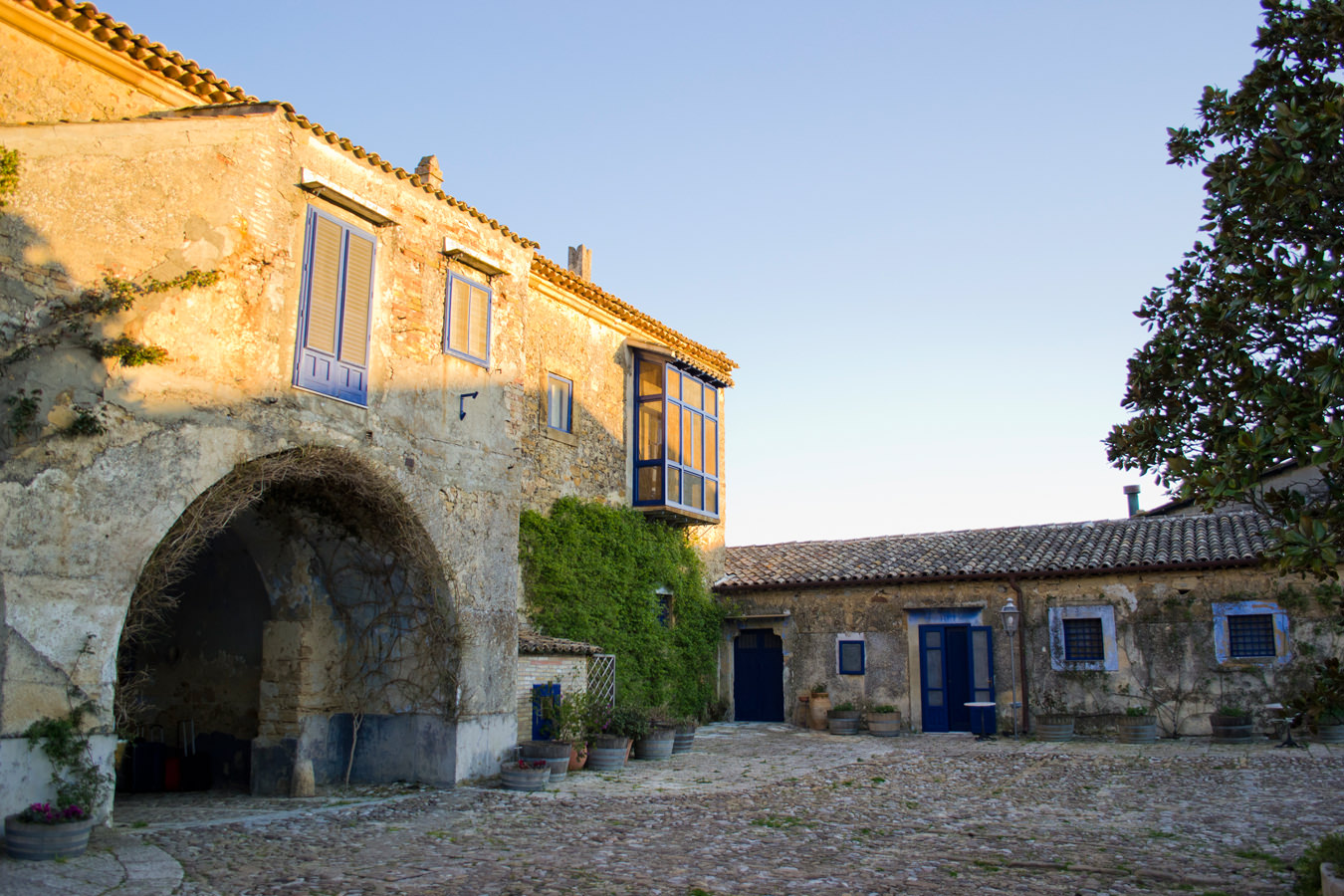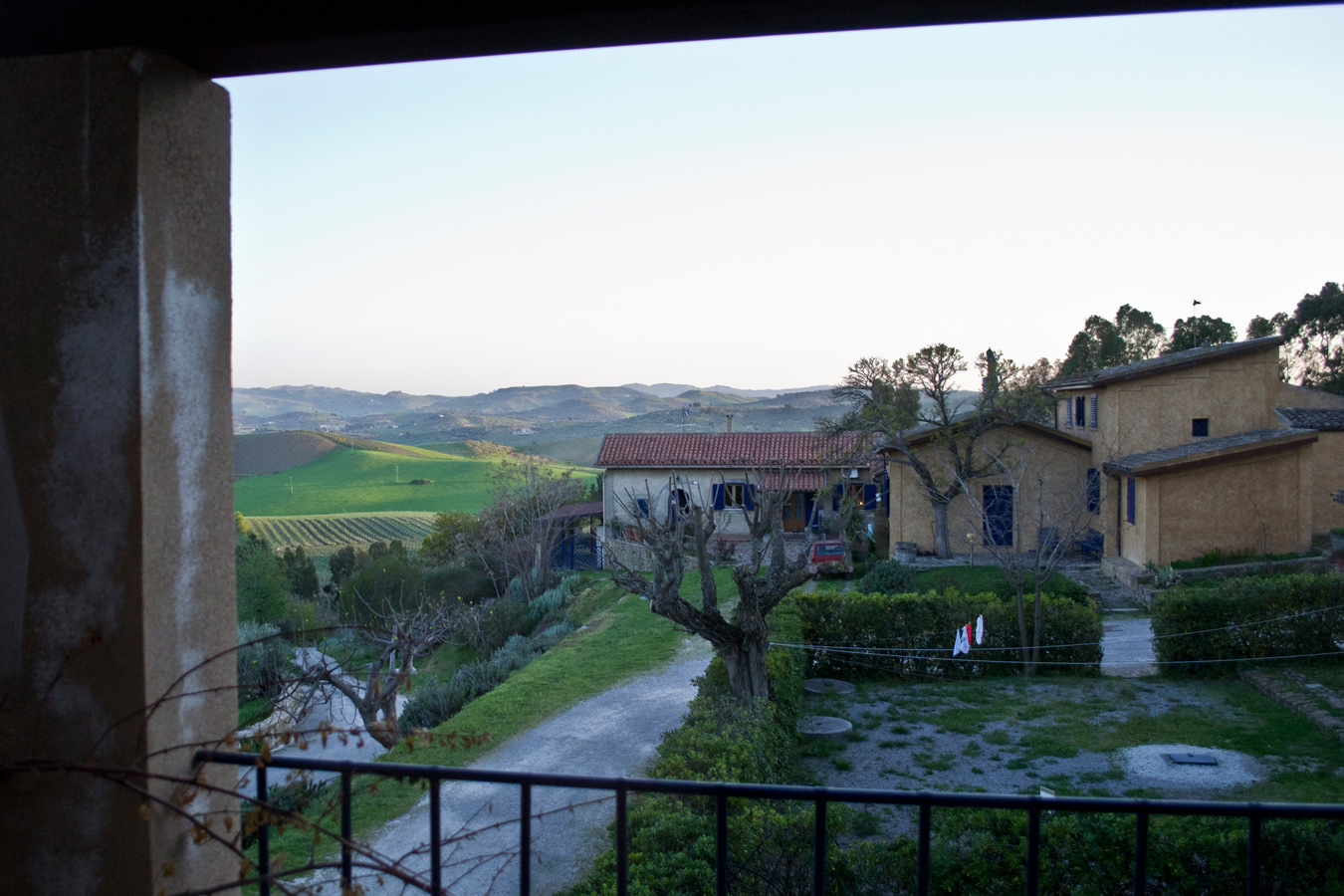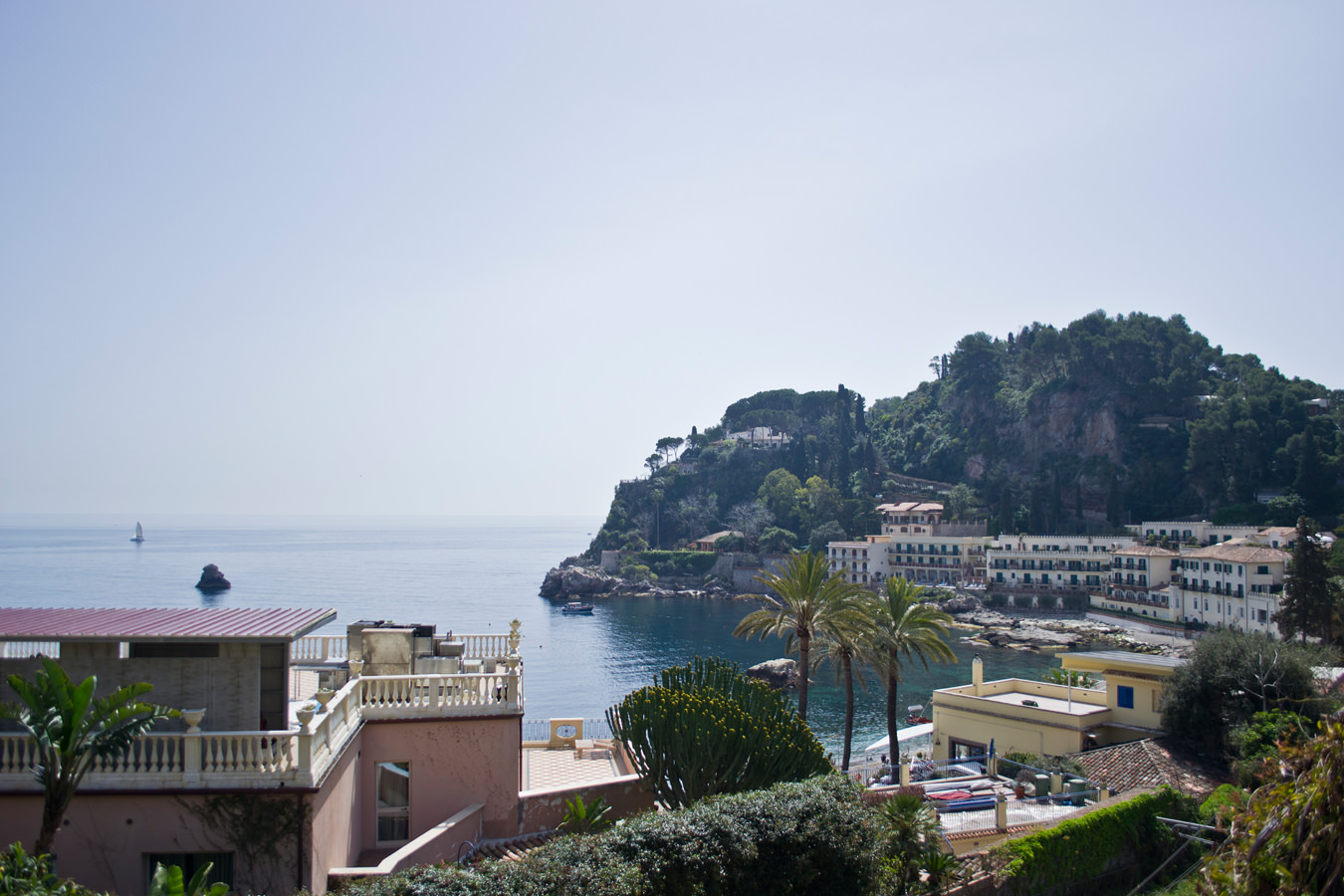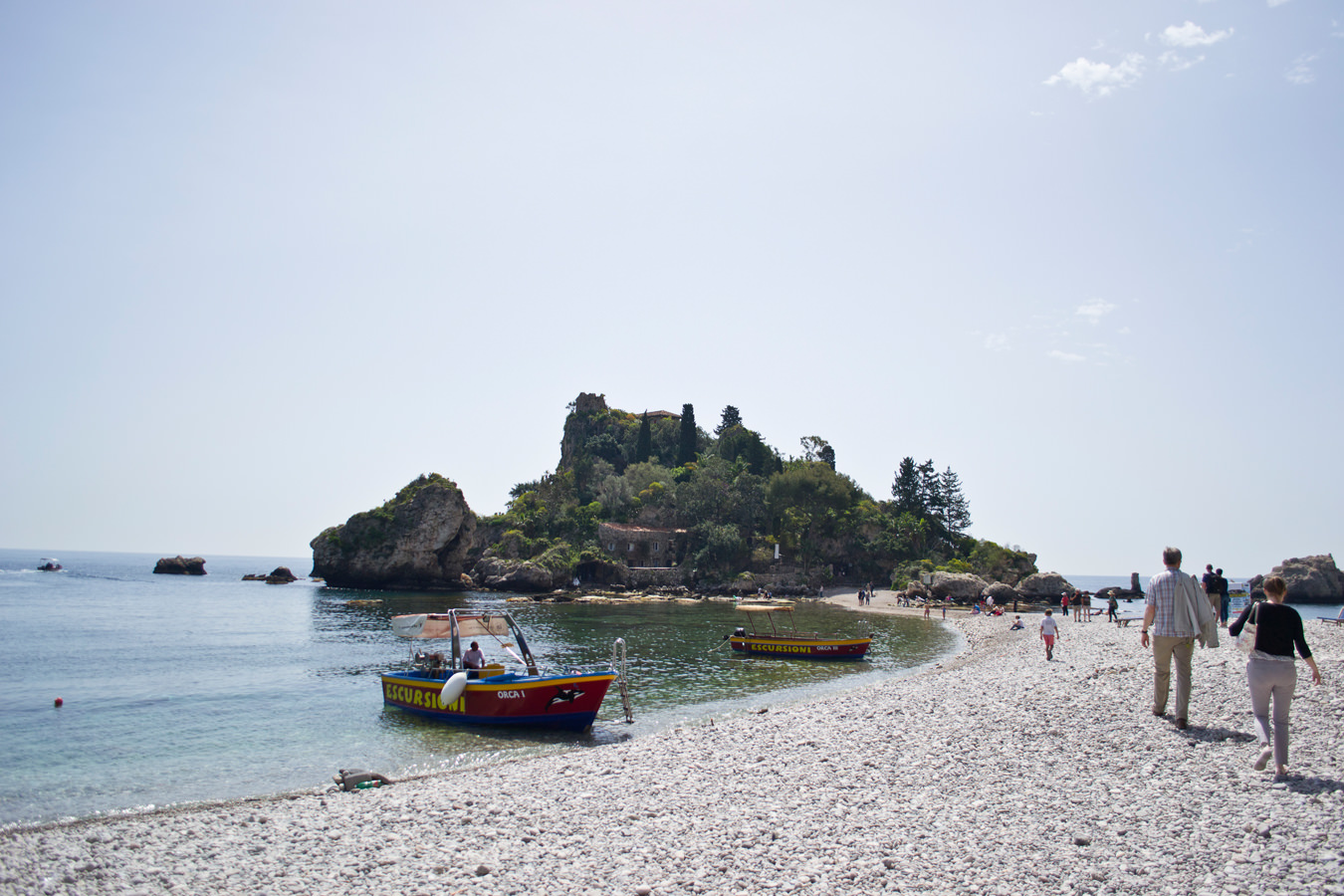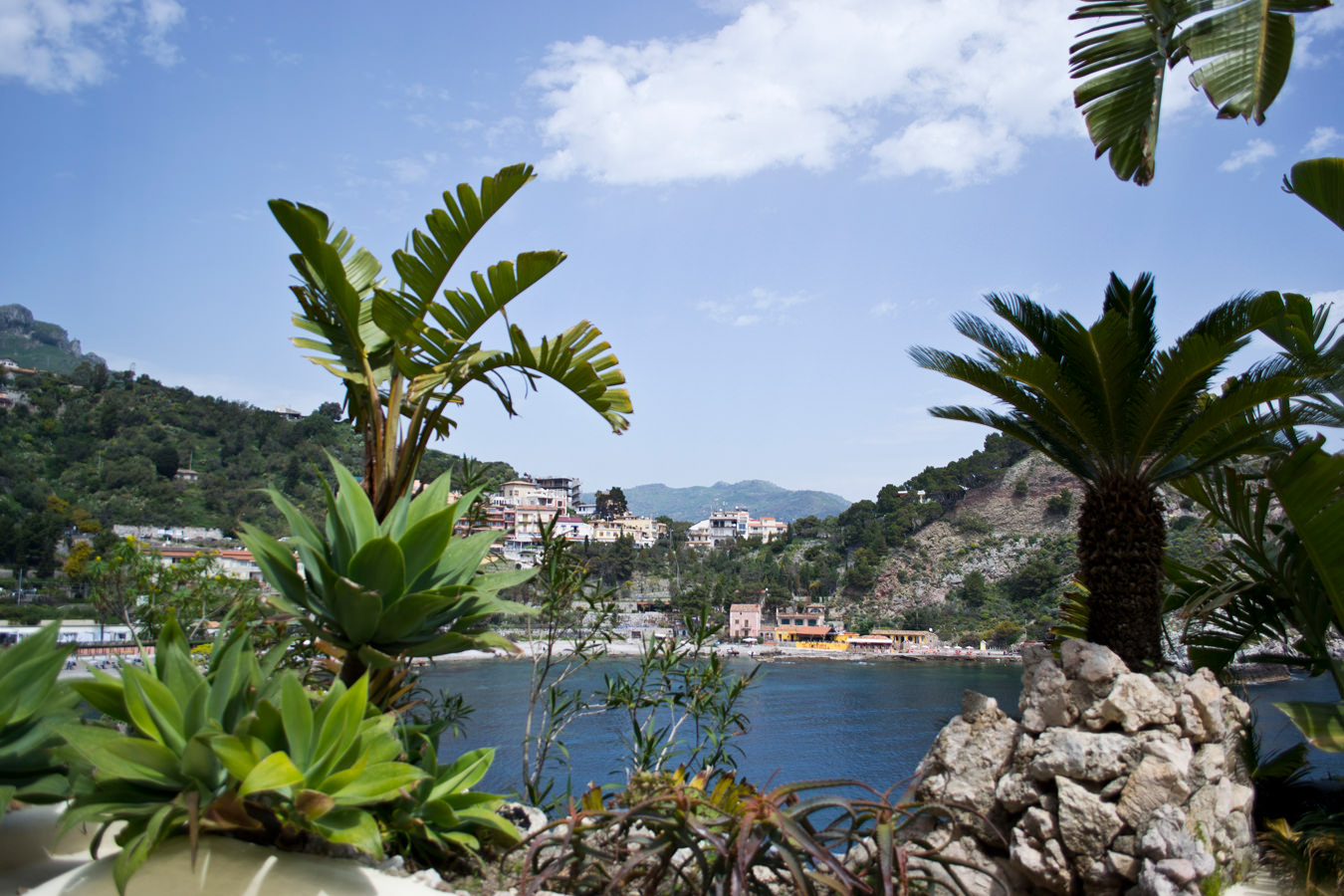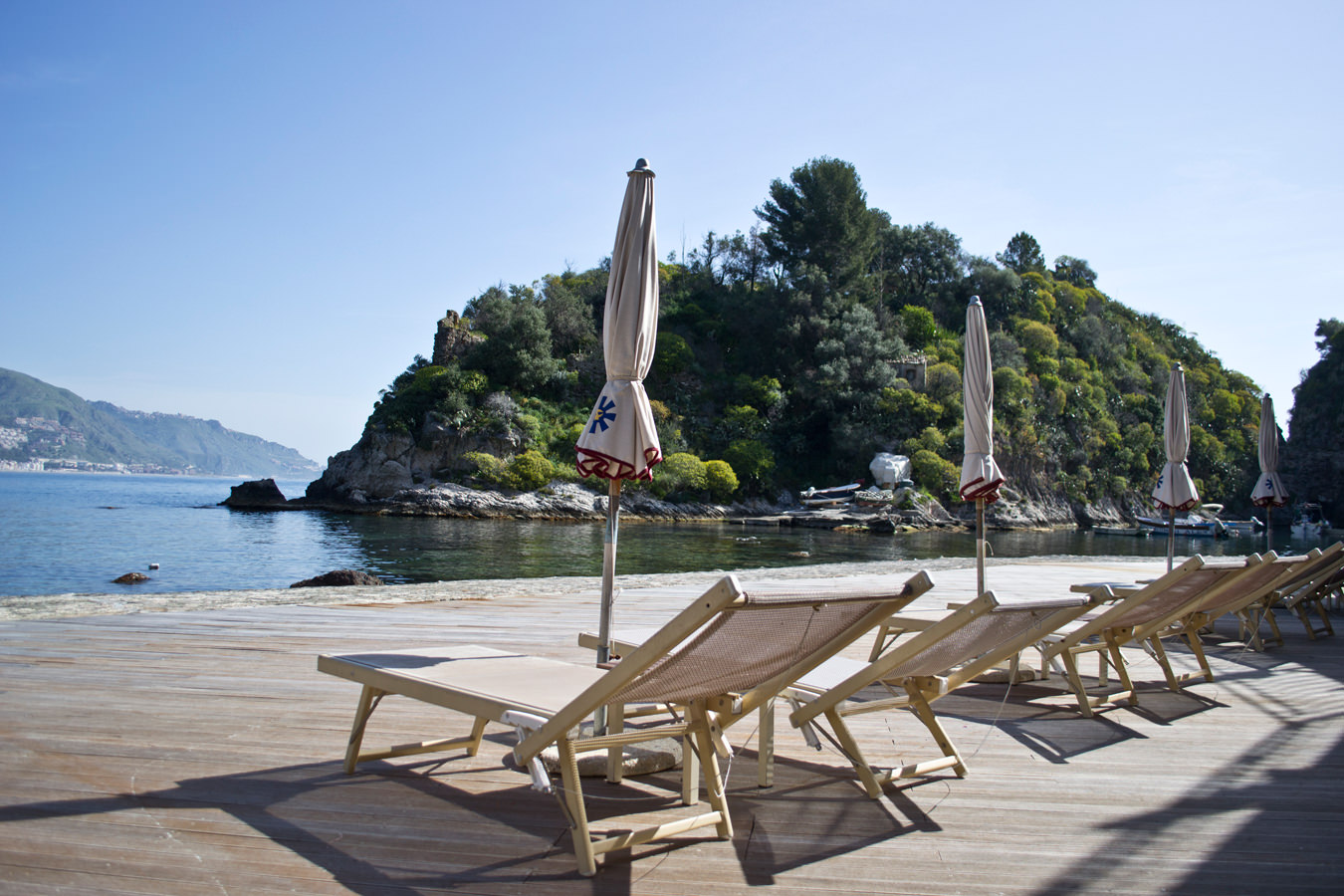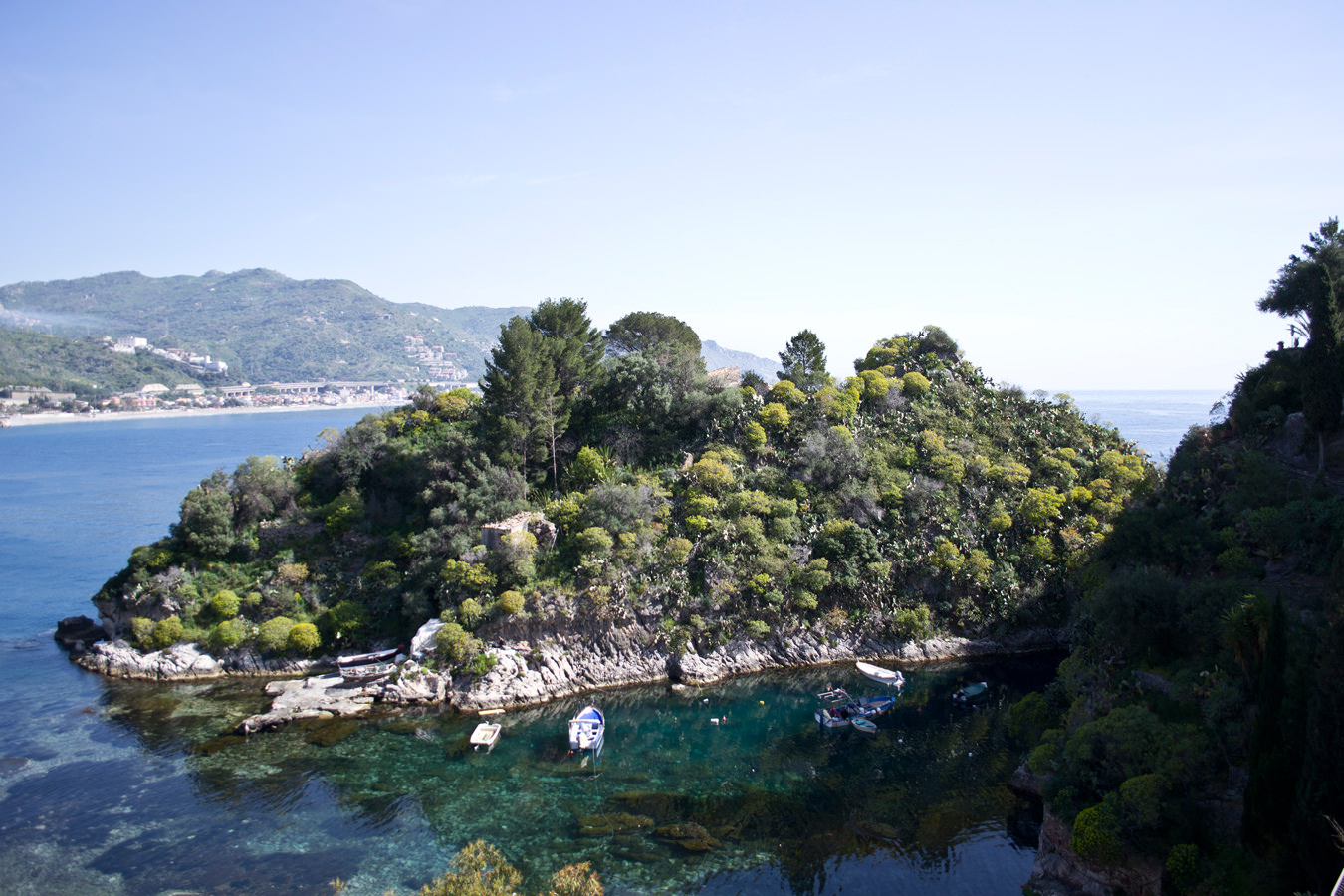Sicily sits just three kilometres across the Strait of Messina below mainland Italy and only 160 kilometres northeast of Tunisia in Northern Africa. Its central position in the Mediterranean Sea has made the island a hot commodity since it was first inhabited 13,000 years ago, the flux of different ethnicities seasoning it with many flavours.
At just over 25,000 square kilometres and 5,000,000 citizens, Sicily is half the size of Nova Scotia with more than five times the population. Its agricultural inhabitants are ample, too, with over 50 per cent of its land area used to raise livestock and grow crops, not to mention countless family gardens brimming with the likes of tomatoes, zucchini, and eggplant. A Mediterranean climate and divergent landscape—primarily rolling hills and soaring mountain ranges, most notably the 3,350-metre Mount Etna, the largest active volcano in Europe—provide numerous fertile microclimates that support a wide range of plant life, much of it delightfully edible.
It is the 12th annual Sicilia en Primeur, where local and international media gather for a preview of the new Sicilian vintages each year. The five-day event sees over 100 attendees crisscrossing the island in groups of 10, visiting dozens of wineries, then joining together—this year in the northeastern resort town of Taormina, previous years in the northwestern capital of Palermo—for two days of tastings with dozens of producers from wineries across the region. “Sicilian winemaking has an extremely long history that combines a great variety of terroirs with extraordinary biodiversity,” says Francesco Ferreri, president of Assovini Sicilia, the 72-member association of wineries that created the event in 2004. “There isn’t just one Sicily, but a veritable vine-growing and wine-producing continent.”
Indeed, Sicily’s great grape population makes the region the most multifarious in Italy, with over 250,000 acres planted with vines, as well as the most environmentally forward, with 62,000 of those organically grown. Protecting Sicily’s biodiversity, especially its indigenous cultivars (which number over 60), and implementing sustainable farming and wine-making practices were two themes highlighted at this year’s event. “Sicily is in fact Italy’s top region in terms of the area devoted to organically-grown vines, with 38 per cent of the national total,” says Alberto Tasca d’Almerita, the CEO of Conte Tasca d’Almerita, one of Sicily’s largest and most progressive wine producers with five estates across the region, at Sicilia en Primeur’s opening press conference.
Tasca d’Almerita’s family bought Regaleali in 1830, growing a wide variety of crops, including grapes, and began seriously making wine about 100 years later under his grandfather Count Giuseppe Tasca d’Almerita. Today, his family—storied members of Sicily’s aristocracy—is just one of the prominent Sicilian wineries that have passed the baton to the younger generation and, also in good company, their approach is an earth-conscious mix of research-based experimentation and maintaining old traditions. Over a multi-course dinner of Sicilian classics including handmade pasta with wild fennel and fresh ricotta made from the estate’s resident sheep, served on gold-rimmed, family-crested plates, with linen napkins and solid silverware, and of course, wine—with nearly 20 of Regaleali’s iconic labels set out to sample—Tasca d’Almerita talks about the work they’re doing onsite with universities in Palermo, Milan, and California to refine their environmental practices and ensure the endurance of dozens of varieties of indigenous grapes. Among the most widely grown: nero d’avola, grillo, and inzolia.
Taormina’s Grand Hotel Atlantis Bay, host to some of the festivities, is built into a seaside cliff, its terraces unfolding all the way down to the water. It feels like stepping onto the set of an Old Hollywood Neptunian fantasy, with its ornate and shell-crusted furniture, sculpted walls lit so they appear like shimmering water, and sealife-themed motifs at every turn. At night all there is to see are stars, set to a symphony of chirping crickets. Behind the hotel, the bulk of Taormina stretches way up, its ancient architecture embedded in rocky outcrops. Sicily is a gaspingly beautiful place, with dignified wines and culinary traditions proudly shared.
Photos by Catherine Roscoe Barr.


